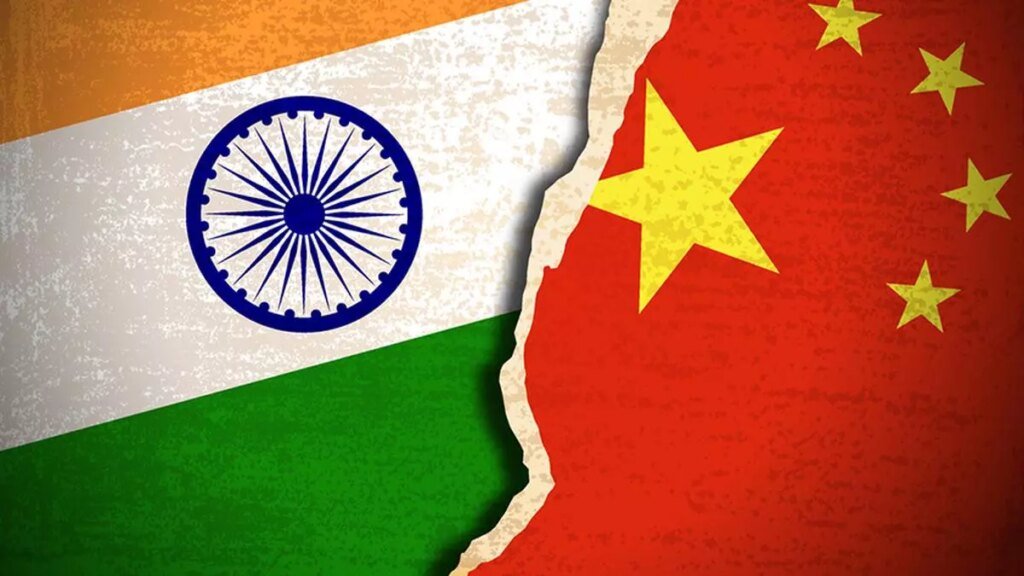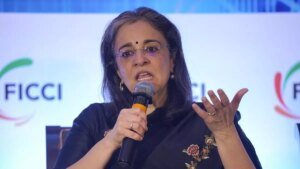Editorial. Dragon dollars – The Hindu BusinessLine

Marking a major shift in policy, India appears inclined to relax both the entry of Chinese labour and capital into the country. According to a report in this newspaper, the Centre may reconsider the restrictions imposed on investment from China since April 2020 (allowed only with government approval, on a case by case basis), in the wake of the Galwan clash. Meanwhile, a dedicated portal to expedite short-term visa applications of Chinese professionals has become operational this month to address the shortage of technicians in sectors under the production-linked incentive (PLI) scheme. These moves raise some concerns.
The security issues arising out of the entry of Chinese professionals (even if for three or six months), especially into sensitive sectors, cannot be brushed aside. Just two years back, the Centre curtailed the operations of telecom major Huawei on security considerations. But even if the security risk is addressed by ruling out sensitive sectors, the entry of the Chinese workforce could hold up India’s efforts at skilling unless if clauses are built into approvals for domestic talent to be trained by them. If Chinese professionals are to deal with immediate issues regarding machine installation and training in PLI sectors, it should be made clear to companies seeking these services that the visa relaxation will be phased out over, say two years — to make way for an Indian workforce. India should, therefore, be careful and selective in handing out these visas.
As for inviting Chinese FDI — just about $4 billion has entered in two decades, accounting for less than one per cent of India’s FDI stock — India must proceed realistically, and with caution. The Economic Survey has argued for allowing Chinese FDI in the hope that it would bring down India’s over $100 billion imports from China, besides turning India into a hub for exporting to US and Europe which is pursuing a ‘China plus one’ sourcing strategy. However, it should not be forgotten that China is plagued by overcapacities; the trade spat with the US is only making things worse for China. India’s large market gives it a chance to export its electric vehicles and solar panels, besides the more familiar consumer items, rather than invest in producing them here — more so if tariffs are lowered. Trade experts have pointed out that while some investment has moved from China to ASEAN in recent years, Chinese imports into the region have risen as well. This is a complication best avoided. India should follow a nuanced approach of granting investment approvals after deep study of the impact that it would have on domestic industry and labour. If opening up is inevitable, it should be on terms favourable to India.
While there can be no denying India’s dependence on China for intermediates — ranging from chemicals and pharma to electronics and solar panels — India can perhaps work out a FDI and PLI strategy that guarantees technology and skills transfer with local sourcing. That, in fact, was China’s investment strategy.








